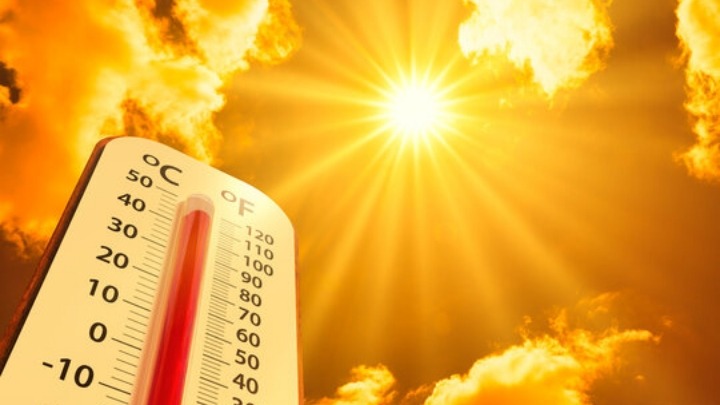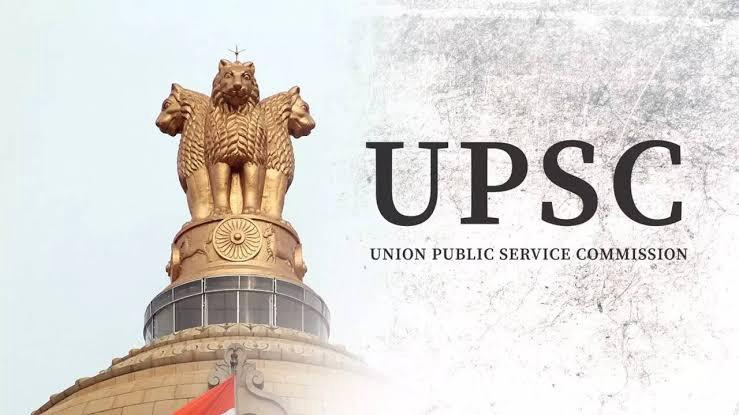
Follow WOWNEWS 24x7 on:
Updated: July 05, 2025 21:44

In a shocking reversal from its stereotypically mild summers, Srinagar has recorded its highest July temperature in over 70 years, 37.4°C. The record-breaking high temperature, set on July 5, 2025, is the third-highest July temperature since 1892 when records began. The heatwave not only shattered conventional milestones but also comes with grave implications for climate change and how it has a domino effect on Kashmir's ecology, economy, and daily life.
TEMPERATURE MILESTONES
37.4°C was the record July temperature in 1953 and the third-highest in recorded history in Srinagar
The July record overall is still 38.3°C from 1946
June 2025 was the hottest June in nearly half a century with some days exceeding 35°C
Night temperatures have been unseasonably high, adding to misery
CLIMATE SHIFT SNAPSHOT
The experts attribute record heat to prolonged dry spells, low humidity, and global warming
Deficit of rain in Kashmir from December to June stands at a whopping 60–99 percent
The water level in the Jhelum River dipped by nearly 30 percent, resulting in drought-like situations
Apple plantations, rice fields, and tourism are strained by the heat and lack of water
LIFESTYLE DISRUPTIONS
Demand for coolers and air conditioners has grown, and their sales have risen by nearly 200 percent.
Hotels and houses in hill stations such as Gulmarg and Pahalgam, which were previously fanless, are now getting air-conditioning systems.
Juice stands and ice cream shops have come up along Srinagar and Anantnag
Schools are in summer vacation, with authorities pondering a prolongation because of the heatwave
VOICES OF THE VALLEY
Residents are feeling record heat, with several residents saying it's the hottest summer in decades.
Health officials recommend that people stay indoors and hydrate themselves during the peak duration
Farmers are concerned with harvests and irrigation shortages
LOOKING AHEAD
The Meteorological Department forecasted light to moderate rain during 6 and 8 July
The authorities are keeping a close watch on developments, with possible policy interventions in water and agriculture
Climate scientists warn that these extremes would become more frequent if global warming trends persist
SOURCE The Week, Rising Kashmir, Zee News, UNI India, Kashmir Life, Kashmir Observer

